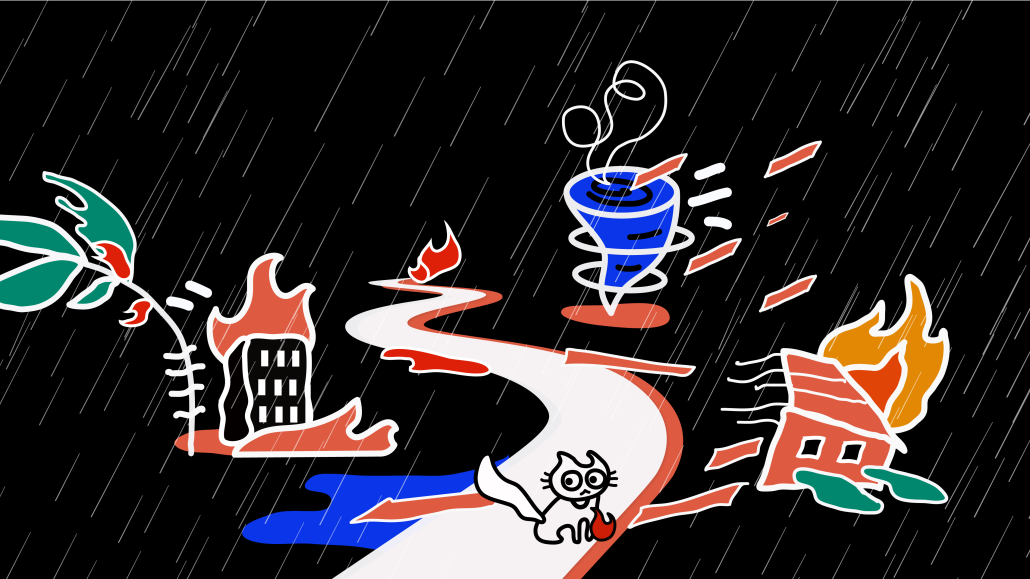Register by Jan 13 to save on passes and connect with marketers from Uber, Bose and more
‘We really don’t know’: How the continued uncertainty is shaking up the usual fall ad marketplace

This Future of Marketing Briefing covers the latest in marketing for Digiday+ members and is distributed over email every Friday at 10 a.m. ET. More from the series →
The fog of uncertainty caused by the coronavirus pandemic continues to loom — and now that sense of foreboding unknown is starting to affect the norms of fall marketing.
Without a traditional back-to-school season, the ads usually focused on that important retail period aren’t appearing nearly as frequently. Per Kantar ad spend data, U.S. TV advertising for back to school is down 70% so far this year compared to last year.
It’s not just back to school: The influx National Football League season has marketers less likely to commit to Super Bowl spending, according to agency execs who say they would normally be briefed on potential campaigns by now. The ad inventory would also likely be sold out, or close to, by now. “Fox was probably 85% sold in the Super Bowl at this time last year,” said a media agency executive. “[This year] it’s a tough sell because there’s so much ambiguity around it…. I think it’s going to be a year where the Super Bowl is not filled until January.”
Traditional holiday advertising briefs also haven’t come with the normal frequency, per agency execs, who say that they would start working on those briefs in the coming weeks.
Overall, there’s a sense of “wait and see” rather than long term planning among marketers at the moment. Of course, this isn’t surprising. An unusually disruptive year, 2020 has seen every facet of the way we live, and think for that matter, upended. And without a return to normalcy of some kind marketers can’t use the typical tactics to urge people to buy their products.
While the challenges facing the industry have been, and will continue to be, difficult and painful for some agencies, this moment of bucking the traditional advertising cycles could be a necessary shake up for the industry.
“It’s a good thing in that folks learn to adapt and they also get a breather from the set schedule of ads,” said a copywriter of the shift away from the traditional fall marketing cadence. “Brands are struggling between Covid ads and non-Covid ads right now. We can’t predict what will happen with the Super Bowl. Between the BLM protests and Covid… we really don’t know what’s up.”
That said, some say that some briefs are coming in as usual and that the norms of fall marketing aren’t entirely out the window. For example, Mars Wrigley announced last week that it would be advertising during the 2021 Super Bowl.
Whatever the case may be, the tremors the ad world is feeling could lead to necessary accelerations for this new reality. For example, while it takes time to produce great work, ads created six months ahead of when they air might not be relevant anymore. How could an ad created in March speak to, or be culturally in tune with, the current moment?
Why then, create something so far out? Why not create something now?
More in Marketing

What does media spend look like for 2026? It could be worse — and it might be
Forecasts for 2026 media spend range from 6.6% on the lower end to over 10% but the primary beneficiaries will be commerce, social and search.

Pitch deck: How Amazon is emerging as the proof layer for TV spend
Amazon is positioning itself to advertisers as the “first-stop shop” for planning, buying, optimizing and measuring TV.

Here are the 2025 brand winners and losers of tariffs
Tariffs completely upended the retail industry in 2025 — and no company was left unscathed.





